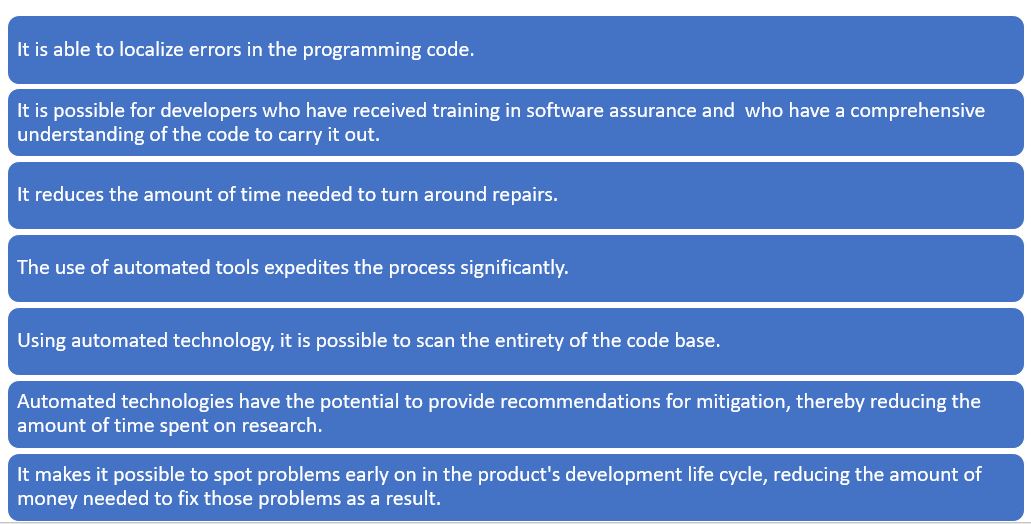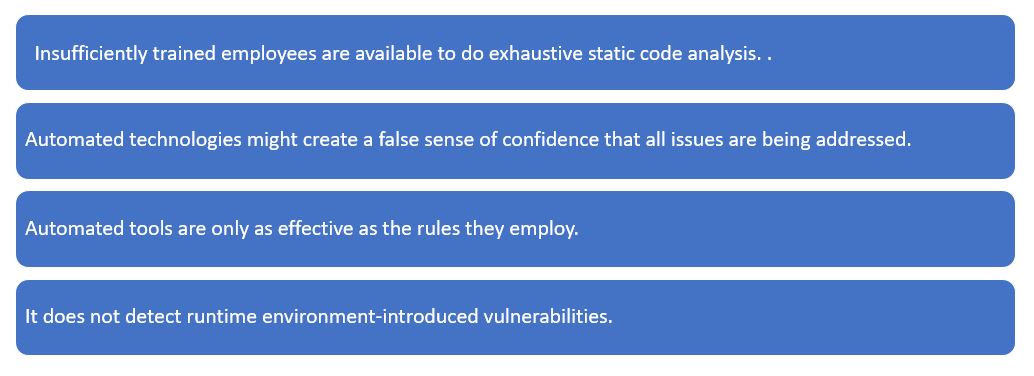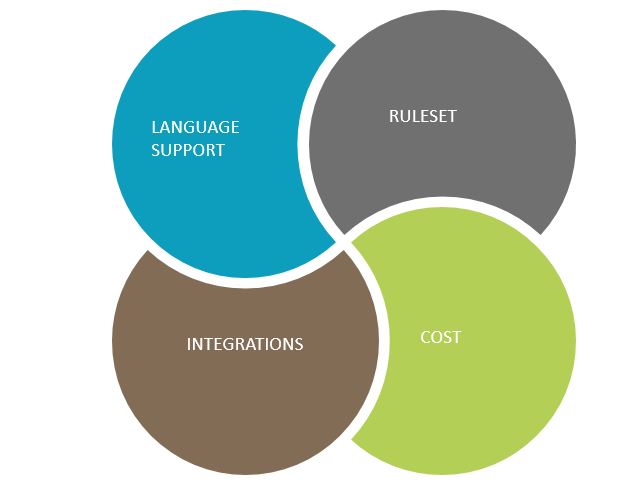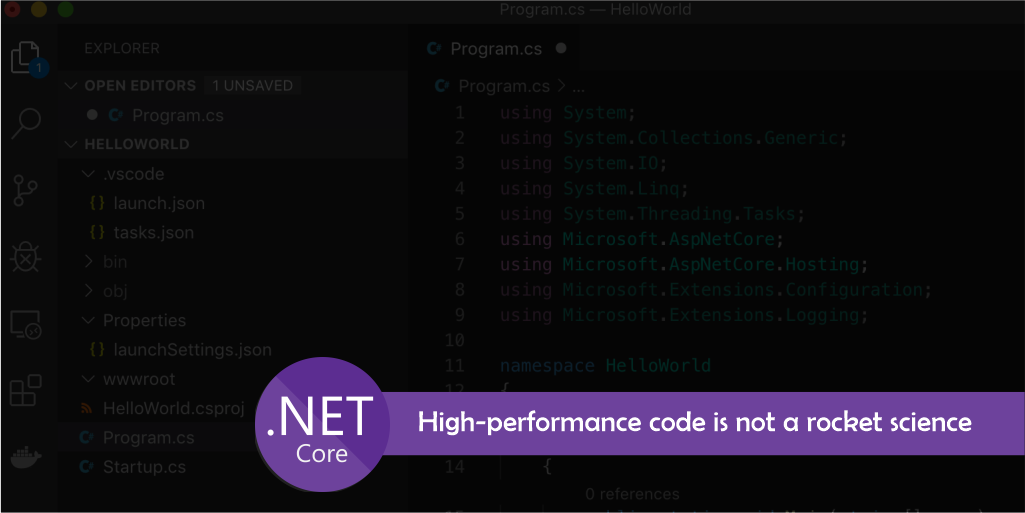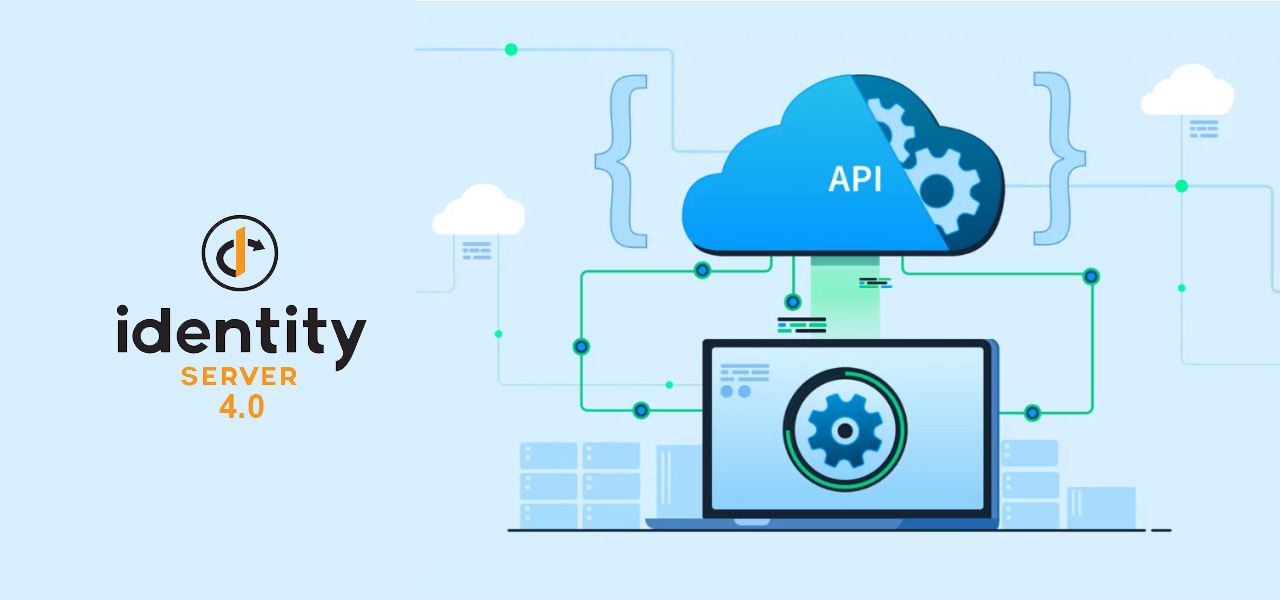 February 18, 2022
February 18, 2022
What is Static code analysis?
In this post, we’ll cover…
Why Is Static Code Analysis Important?
Advantage Of Static Code Analysis
Disadvantage Of Static Code Analysis
Source Code Analysis Tools: Evaluation Criteria
Who Should Run Static Code Analysis And Why?
How To Choose A Static Code Analysis Tool?
Static Analysis VS Dynamic Analysis
Is the entire code written down?
Are we prepared to launch?
No, because static code analysis is not performed on the code you have written. How often have you written the entire code but neglected to perform static code analysis, resulting in a system with too many bugs or no functionality?
Quite often, right?
You must perform code analysis statically. It is among the most important components. Let’s investigate why.
Why code Analysis?
Increasing customer demand for new features and functions necessitates a faster time to market. Every aspect of the programme, including the coding processes, must be constantly updated to meet the demands of today’s clients.
System vulnerabilities and defects are increased by frequent changes to source codes and coding approaches. Code analysis is an essential part of any software development process if you want to avoid problems down the road.
With agile development, ensuring code quality and security has become an integral part of the software development process, making code analysis tests essential.
What is Static Code Analysis?
Static code analysis examines the source code for any flaws, bugs, and security concerns without actually running the application. It is possible to identify potential security and code quality issues using static code analysis tools that analyze patterns in the code.
This will assist developers to detect any issues in the early stages of development, allowing them to build a solid code foundation.
Engineers can also automate code review, which will eventually lead to a culture of high-quality code being produced. In addition to saving time, automated code analysis can help to uncover flaws that would otherwise go unnoticed by the human eye.
It is possible to automate or semi-automate your code analysis using a variety of tools, many of which are free and easy to learn how to use.
Why is Static Code Analysis important?
Static analysis is extremely important for a number of reasons, but one of the most important ones is that it gives you the ability to analyse all of your code in great detail without actually running it. As a result of this, it is able to identify flaws even in the portions of the code that are the furthest away and least frequently modified.
Another advantage of performing static code analysis is that it can be adapted to the specific requirements of your project and makes it easier for everyone on the development team to work together.
This is a significant advantage. In addition to this, it makes it possible to find faults in the earliest stages of the development cycle, which cuts the cost of mending the entire thing by a significant amount.
Advantage of Static code analysis
Disadvantage of Static code analysis
Source Code Analysis Tools: Evaluation Criteria
When there are so many tools available, how can you tell which one is ideal for your specific development needs? If you need help deciding which SCA tool is best for your company, we are here to help.
You may optimise your code with a plethora of free and open-source static code analysis tools. Here are some of the most important aspects to keep in mind when deciding:
Language Support
When it comes to choosing a tool for static code analysis, language is the most important consideration. Which computer programming language do you use for your code? Because there are dozens of different programming languages, it is imperative that you make sure the tool you select is compatible with the language you intend to use.
Ruleset
It is not enough to find an application that supports your language. You are tasked with conducting an analysis of how all-encompassing the coverage of this program is. Would you buy a translation book if it only explained how to translate 25 percent of the words?
After identifying the number of programming languages that are compatible with your static code analysis tool, the next step is to think about the number of rules that are compatible with each language.
Integration
An efficient pipeline requires the simultaneous employment of several different tools. For this reason, it is critical that your static code analysis tool be integrated. It is important that you select a Static Code Analysis solution that is compatible with your pipeline and approach.
When it comes to static code analysis, integrating IDEs, code repositories, and projects is essential. A CI connection is required, for example, to prevent failed scans from going into production.
The bulk of static code analysis solutions use APIs, plugins, and graphical user interfaces, making them compatible with the workflow. It is important to keep in mind that each tool requires a different level of effort from your team.
Cost
For some organisations, pricing can be a deal-breaker, whilst for others, technologies with the highest ROI justify the expense. The pricing ranges from a free open source solution to a very costly enterprise-level fee. Examine the pricing structure to evaluate if the tool meets your requirements.
Are you a small or a huge company? Do you need to run a few or several scans each day? These questions will help you assess if you require a tool (such as CheckMarx) that limits the total lines scanned over time relative to the total lines scanned per scan (such as CodeScan). If you make the incorrect decision, you may sacrifice functionality and incur additional expenses.
The number of users is also an important consideration when calculating cost. If you foresee team expansion or require many users, you might anticipate greater charges.
Who Should Run Static Code Analysis and Why?
Software developer: It is good practice to check for flaws and code standards as soon as the code is written. It is far easier to rectify and debug errors found early in the development process than those found later in the process.
Software tester: To identify problems and confirm that no major runtime issues exist, it is recommended to perform a comprehensive static code analysis on the integrated code after it has been integrated.
Project managers and quality assurance leads: Metrics derived from static code analysis tools can be used to monitor the quality of software, the progress of a particular project, the number of defects, and quality trends over time.
how to choose a static code analysis tool?
-
Assistance for the programming language(s) of your choice. While some companies concentrate on enterprise-level programming languages like Java,.Net, C, C++, and even Cobol.
-
Good performance in locating bugs when using a proof-of-concept evaluation. When testing how well a product catches bugs that you had to manually locate, it is helpful to use an older version of the problematic code. Think about being as thorough as possible while also being precise. Less false positives result in less manual labour.
-
Internal knowledge bases that provide descriptions of vulnerabilities as well as information about potential solutions. Investigate how easily the findings can be accessed and whether or not they contain any cross-references.
-
achieving a high level of integration between your development platforms. In the long run, it is highly likely that you will want developers to incorporate security analysis into their typical daily activities.
-
A reliable mechanism for detecting and suppressing false positives, so that they do not continue to appear after it has been determined that they do not represent a problem.
-
The capability of defining additional rules in a relatively simple manner in order to facilitate the tool’s ability to enforce internal coding policies.
-
You should implement a centralised reporting component if you have a large team of developers and managers who need access to findings, trending, and overview reporting. This is especially important if you are managing multiple projects at once.
Static Analysis vs Dynamic Analysis
Therefore, what is the difference between static and dynamic analysis?
Both types can detect flaws. The major difference is how defects are discovered during the development lifecycle.
Before running a program, static analysis identifies flaws (e.g., between coding and unit testing).
Dynamic code analysis identifies bugs after program execution (e.g., during unit testing). However, not all coding errors may be discovered during unit testing. Consequently, there are defects that dynamic testing may miss that can be identified by static code analysis

